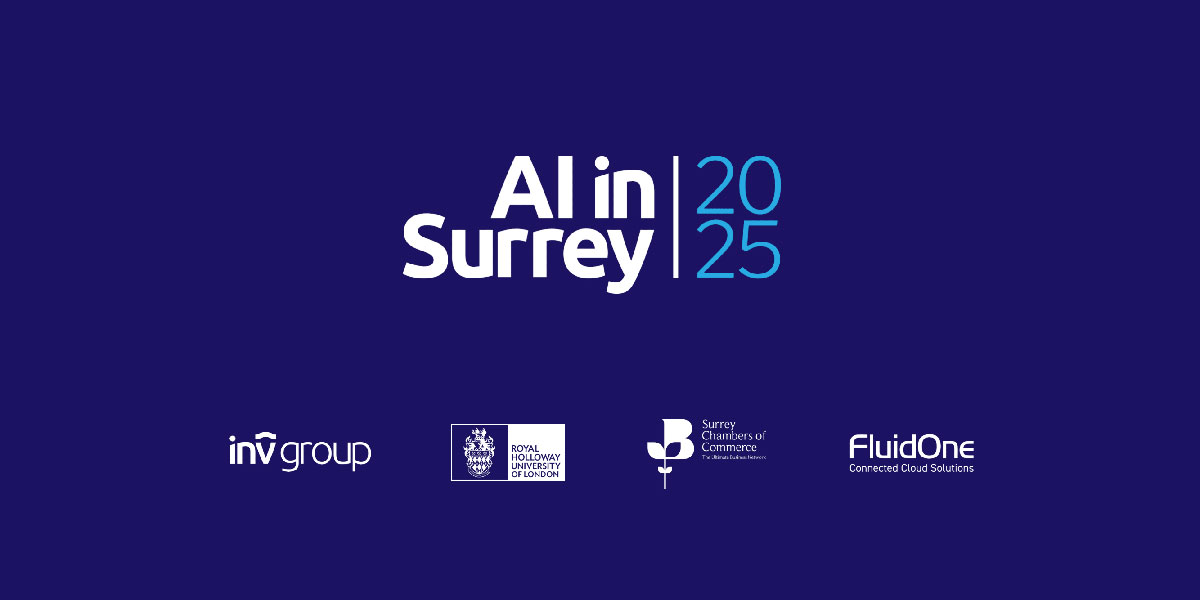Business Schools are struggling to keep pace with the digital business world. Observers point to the sterile teaching methods, the scale and composition of cohorts, and outdated content taught at business schools they too often find. Some go further and argue that their structure and approach is misaligned to business’ needs. Even the value of their flagship offering, the MBA, is decreasing and viewed as too often out-of-date with real-world issues and digital delivery channels. How are Business Schools responding?.
In the past few years, most university MBA Programmes have begun revising their curricula to include more contemporary digital business issues (for example, see the FT article, “Remodelling MBAs for the Digital Era”). New “digital business and technology” modules have appeared within existing programmes. In some cases, new digitally-focused MBA programmes have been defined with digital technology and digital transformation topics at the core (e.g., the IE Business School Global MBA).
These changes have been driven in large part by a growing concern in the last few years in many industries about the need for a deeper understanding of digital technologies and their impact in business and society. A 2017 report by Capgemini and LinkedIn states that “over half (54%) of the organizations surveyed said that the digital talent gap is hampering their digital transformation programs and that their organization has lost competitive advantage because of a shortage of digital talent.” These concerns also exist at the individual level across the whole workforce, and many workers are concerned that their skills are either already out of date or will soon become so. This view is fuelled by dystopian reports surrounding the impact of AI in replacing many human-based tasks with their automated equivalents. The CapGemini report noted that “around 29% employees surveyed believed their skill set is redundant now or will be in the next one to two years, while more than a third (38%) consider their skill set will be redundant in the next 4 to 5 years”.
This need is likely to increase. According to a recent McKinsey report, the demand for technological skills in business will be gathering pace in the 2016 to 2030 period. As a result, employee development needs are a top priority for Human Resources (HR) and Learning & Development (L&D) groups. Many organizations have increased investments in education via formal programmes (e.g., university courses and executive education certification), self-paced learning platforms (e.g., corporate Virtual Learning Environments (VLEs) and subscriptions to a growing number of online education portals such as coursera, udemy, udacity, edX, and masterclass.com). The results of this investment are somewhat mixed. One recent study by the Open University claims that as many as 70% of L&D teams are failing to improve business productivity. The opportunity and necessity to improve are clear.
In the UK, the Government has also stepped into the fray by recognizing that state-support and encouragement for greater investment in educating the workforce can be a huge enabler. The Apprenticeship Levy, introduced in 2017, specifically forces all organizations over a certain size to invest in the education of its workforce with a strong focus on digital technology and practice upskilling. Unfortunately, employers have used only 14% of the available money in the first 18 months of the scheme. Undoubtedly much of this shortfall is a result of teething problems with this new scheme. However, there is also concern that appropriate courses are not available. With hundreds of millions of pounds unspent, Universities are very motivated to create appropriate courses targeting the Apprenticeship Levy. In the past year, more than a third of University Business Schools have created new MBA programmes aimed at this funding. Many more will appear as Universities feel the pressure of UK demographic changes, reduced fees, financial instability in China, and Brexit uncertainties.
What we see, then, is that the role of L&D has grown in importance for those organizations going through the challenges of changing the culture and behaviours embedded over long periods of time across large diverse workforces. This is being addressed in a variety of ways. Notably, in many cases, the starting point has been to insert learning objectives into employee objectives and performance management approaches. This is often coupled with increased involvement from employees in defining personalized learning paths and creating an environment in which the learning can be applied through rapid innovation cycles, experimentation, and flexible goal setting.
Business schools need to respond to these pressures or be bypassed. Will Business Schools maintain their central role in the future of business education or continue their slow decline? Well, that depends very much on whether business schools not only just talk about digital transformation, but also embrace it and evolve their content, structure, and delivery approaches to meet the demands of a digital world. Right now the jury’s out.





